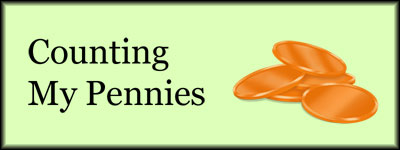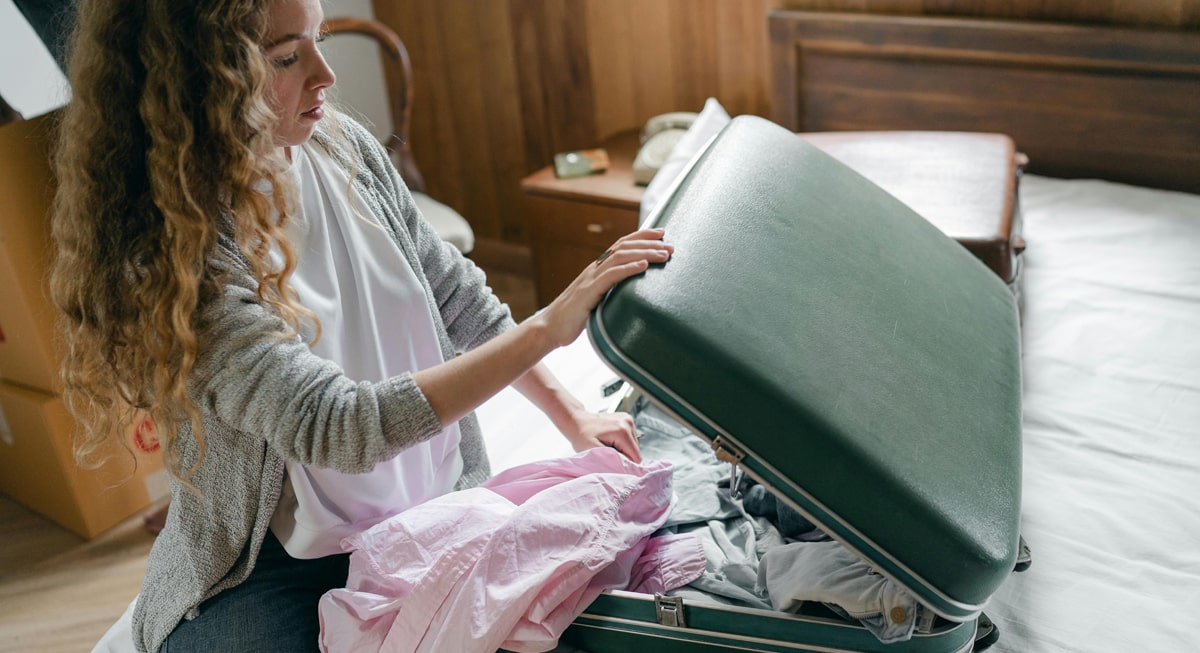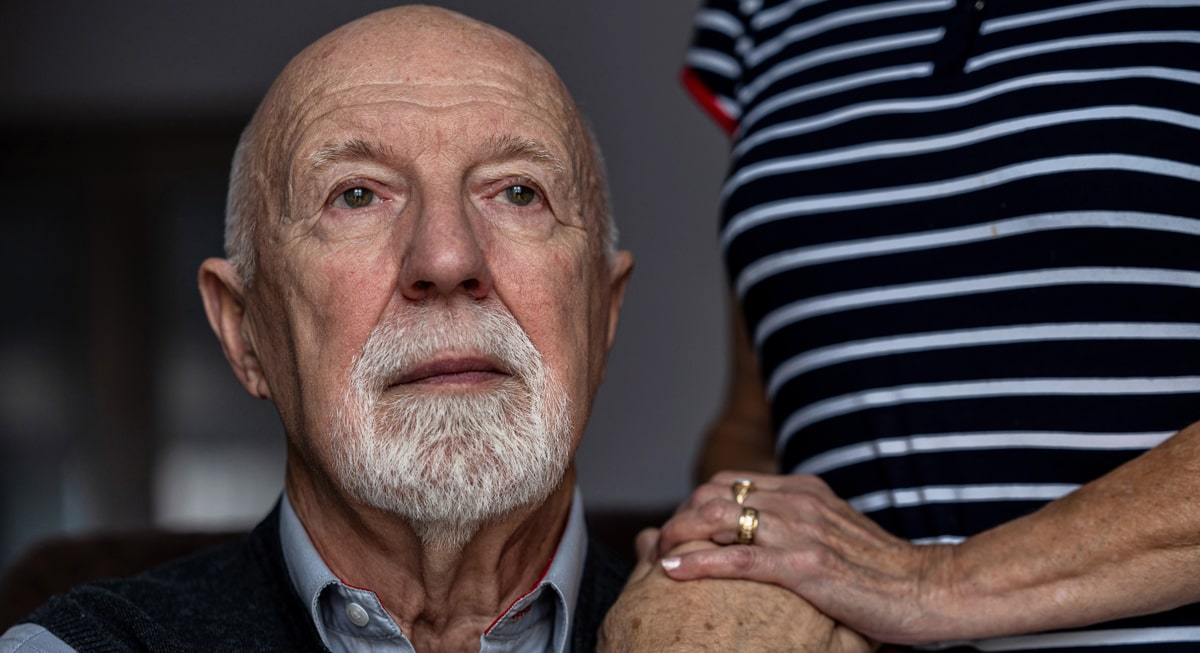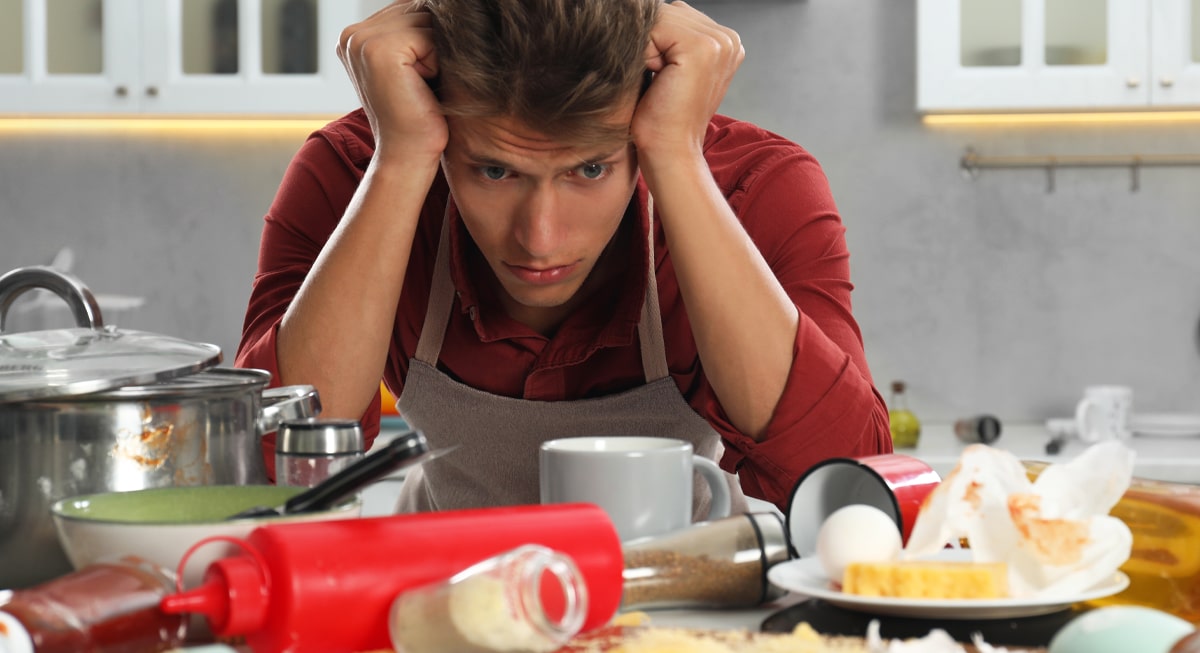September is National Preparedness Month, and with all of the hurricanes, earthquakes, and fires that have hit North America over the past few weeks, I think we can all see the benefits to being prepared for an emergency.
There are a lot of things that you can do to be prepared for an emergency. One of the simplest and most important things you can do is be ready to shelter in place for a few days. As we head into winter, you should ensure that you have proper food, water, and medication in your home. Common wisdom says that you should have three days worth of supplies in your home. But what does that mean? Experts say that you should have one gallon of water per person per day. You should drink half a gallon of water and the other half can be used for hygiene. And don't forget your pets - they need water too. As for food, this is often a lot easier, as many of us try to keep our pantries stocked. Remember though, you may not be able to cook. You may not have power, and you may not be able to light a fire. This doesn't mean that you shouldn't have cans of soup ready, just be aware that you might have to eat it at room temp. You also want to have a good stock of batteries to power flashlights. And of course, plenty of warm clothing.
You should also be ready should you have to suddenly leave your house. This is quite a bit more difficult. If you were told you needed to evacuate in two hours, you could probably manage to load up your car with most of your key items. But what if you only have 15 minutes? Can you grab everything you need? And don’t forget, that includes scooping up your pets. The common wisdom is to keep everything you need in one place – a bag with food (including pet food), water, medication, and spare clothing. You'll also need emergency supplies such as a flashlight, whistle, and a child gas mask, important paperwork, cash, and anything else you might need. I admit, I am not to this point yet. I do have a bag with food, water, and emergency supplies, but I don’t keep anything else in the same place with this. My next steps will be to add in copies of important paperwork, medication, and pet food.
A very important step in this process is to make a plan. Create a checklist of what you need to do in case of an evacuation. List the steps you need to take, the items you need to grab (and where they are in the house), and the people you need to notify. Rank these in order of importance and work your way down the list. Things like "grab emergency bag from closet" and "pull file folder from file cabinet" are at the top and less important things like "pack grandma's china" are at the bottom. Of course, you want to rescue your precious heirlooms, but what you need for health and safety has to come first.
Over the next month, take a hard look at your emergency planning. Don't let yourself get overwhelmed. Maybe you won't end up with a perfect plan, but at least get yourself a bit closer. Take care of the essentials first, then start looking at the other recommended tasks. In time, you will end up with an awesome emergency plan (that you will hopefully never need to use).










